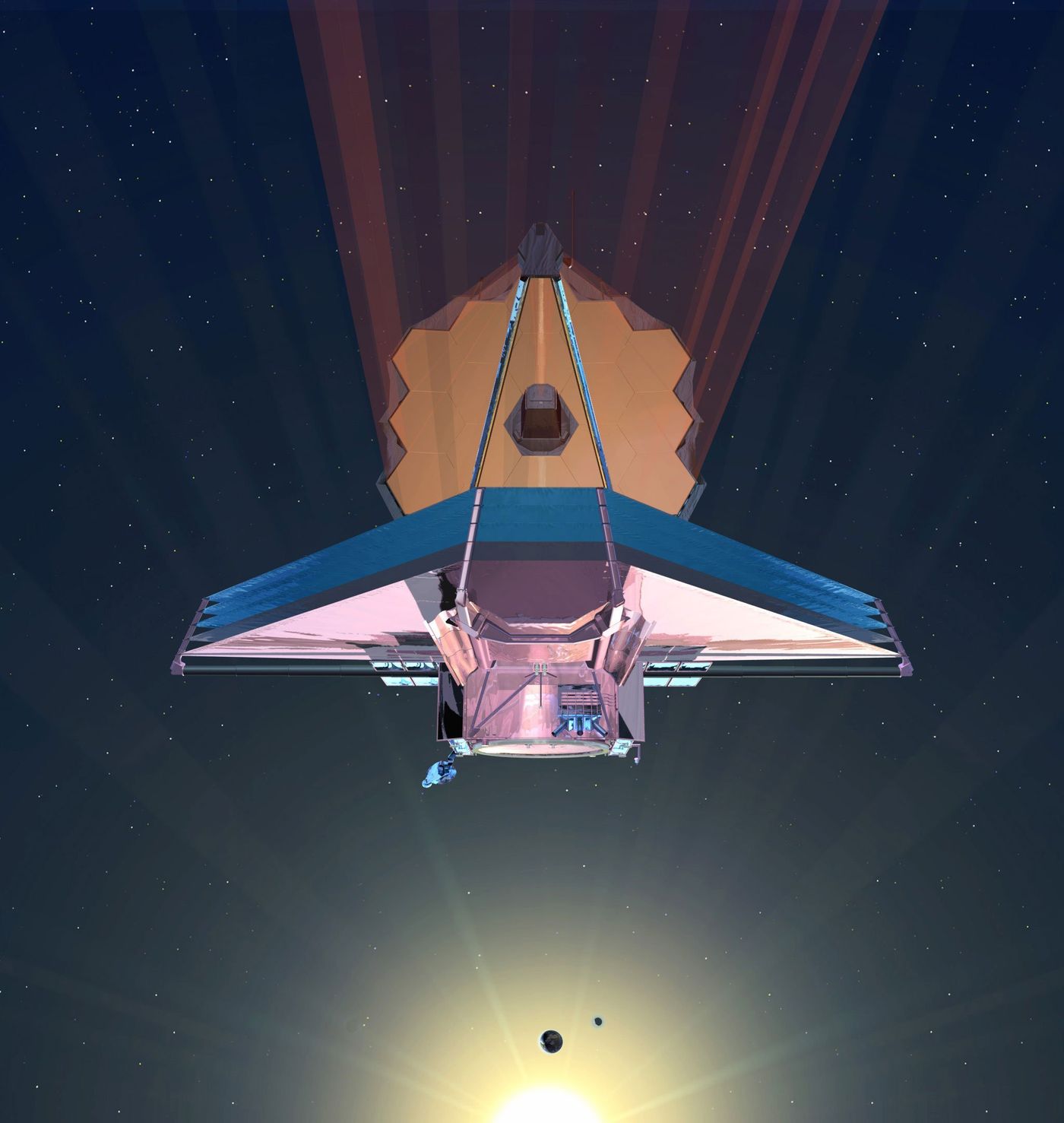James Webb Space Telescope Could Help Us Study Proxima b
Proxima b is believed to be an Earth-like neighbor from the Proxima Centauri system, which is around 4.25 light years away from our Sun. It has been getting a lot of attention lately from scientists because we want to know if these Earth-like exoplanets are capable of supporting life.
Since it’s so far away, there’s no easy way to get there. Even going as far as Pluto in our own solar system takes us a decade, so getting 4 light years out into space will require something more feasible, and although the Breakthrough Starshot initiative might be feasible, it certainly isn’t without its doubts.
Nevertheless, the upcoming James Webb Space Telescope (JWST) could prove to be a very useful tool in observing Proxima b’s atmosphere, if it has one.

Image Credit: NASA
Current space telescopes, like Hubble, don’t have the ability to pierce so deep into space to see Proxima b’s atmosphere without heavy distortion that makes studying nearly impossble, but the new JWST, which will launch in 2018, will have a much larger primary mirror and new technology on board that can take impressively better images of the heavens.
It’s believed that the JWST will be able to help astronomers estimate exactly what the exoplanet’s atmosphere is like by simply sampling light from the Proxima Centauri system. A paper is available on arXiv.org detailing this hypothesis.
It would only take [11 days'] worth of observing time,” said Avi Loeb, an astrophysicist from Harvard University and co-author of the paper. "With the light we detect, we can ask if this world looks like a bare rock. If it doesn't, there might be an atmosphere, and there might also be an ocean, which life requires.”
Because Proxima b exists in the star system’s habitable zone, liquid water could exist on it. It’s believed to be tidally-locked to its star, which means one side of the exoplanet is probably colder than the other. If the exoplanet has an atmosphere, it would help rotate the hot and cold around to keep one half of Proxima b from boiling and the other from freezing over.
Fortunately for scientists, this tidally-locked system may be a key point in observing Proxima b. If one side of the exoplanet is getting super-heated by the star it orbits, then it will be emitting infrared light, which the JWST is built to observe. This means we just need to search for certain kinds of infrared light coming from Proxima b to learn whether or not it has at atmosphere.
The ultimate question is whether or not Proxima b has a rich atmosphere like Earth, or if it’s just a rock without an atmosphere like our Moon. The latter would make the Proxima b discovery much less exciting. Of course, with the launch of the JWST within jsut two more years, it shouldn't take much longer to find out.
Source: Business Insider








